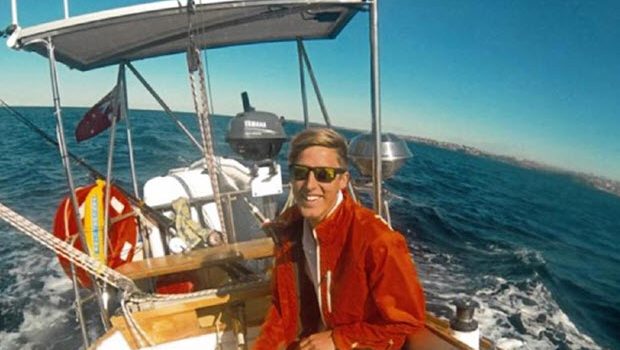Carbon Monoxide: The Invisible Killer
Published on December 21st, 2017
With the winter chill upon many of us in North America, there is a lesson in this story of how an experienced Australian sailor with a good understanding of safety standards within the boating industry was still able to make a fatal mistake.
Naval architect Nicholas Banfield, 23, had picked up his girlfriend in Sydney and sailed to Middle Harbour for a romantic meal moored off Balmoral Beach on July 1, 2016.
After a feed of nachos and one alcoholic drink, the couple retired into the cabin of his 8.4-metre timber vessel Aquarius. And with a winter chill in the air, they sealed the hatches and turned on the LPG stove to keep the cabin warm. The decision would cost Banfield his life, and nearly claim that of his girlfriend.
The woman awoke two days later and made a confused call to her mother before police and Banfield’s employer, the well-known sailor Sean Langman who owns Noakes Boat and Shipyard, began to search for Aquarius.
They quickly found it still moored off Balmoral Beach after midday on July 3, only to discover Banfield dead and the woman in need of immediate medical treatment.
An autopsy found Banfield had died from a lethal dose of carbon monoxide poisoning and it was “very difficult to know how she survived,” said Deputy State Coroner Harriet Grahame in her findings.
Grahame said it was generally believed there was an under-reporting of carbon monoxide deaths across Australia.
“While it is difficult to be certain of the number of annual deaths caused by accidental exposure to carbon monoxide, it is clear that there is a large potential risk in the leisure industry,” Grahame said.
“Gas appliances are commonly installed in recreational vehicles, boats and caravans. Given the confined space of leisure vehicles and craft, the risk appears higher than when such appliances are used in a house or open area.
“It is known to cause significant health problems at very low atmospheric concentrations and can cause death within minutes if levels rise quickly. The problem is exacerbated as carbon monoxide is invisible, odourless and tasteless.”
Fire and Rescue NSW experts performed tests aboard the Aquarius and found a “moderate” level of carbon monoxide was present after 98 minutes.
The incident prompted Langman to advise boat owners to install gas detectors, but despite his company seeing about 3500 boats a year, only two owners had installed the potentially life-saving equipment since Banfield’s death.
Grahame has formally recommended the introduction of legislation for mandatory carbon monoxide alarms in “all recreational and leisure craft and vehicle with sealable cabins, including sailing and motor vessels, caravans and motor homes.”
She also recommended more safety initiatives to educate the public on the dangers of carbon monoxide poisoning.
Source: Sydney Morning Herald









 We’ll keep your information safe.
We’ll keep your information safe.